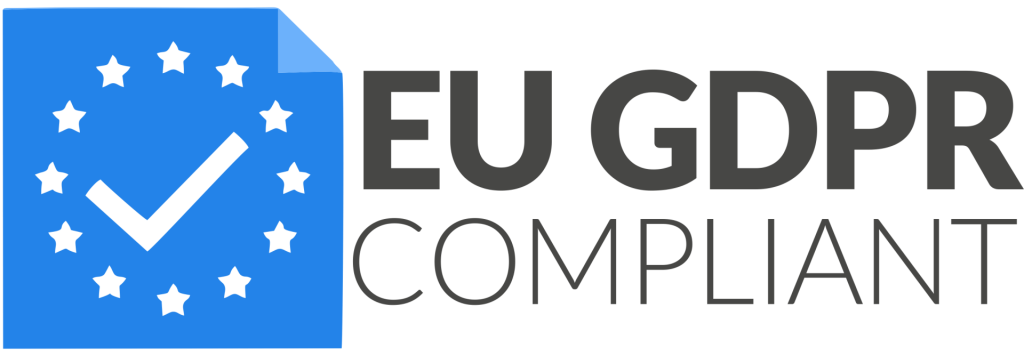Traditionally, background checks were conducted only before hiring. However, the risks don’t end once an employee is onboarded. Continuous background screening is an emerging trend that addresses this gap, ensuring organizations remain aware of changes in employees’ criminal, financial, or professional status. By 2025, industries such as finance, security, and healthcare are expected to make continuous screening mandatory. The logic is simple: an employee who was “clear” during hiring may later face charges, financial insolvency, or professional misconduct. Without ongoing checks, companies risk retaining high-liability employees. Continuous screening creates a safer, more transparent workplace and helps organizations react proactively. Technology is making this feasible. Automated monitoring systems now provide alerts on changes in court records, criminal filings, or professional license status. Employers no longer need to manually re-screen every year; instead, they receive updates in real-time. This improves both compliance and operational efficiency. Critics argue that continuous screening may invade privacy. However, with employee consent and compliance with privacy laws, it is both ethical and legal. In fact, many employees welcome it as proof of their integrity. By 2026, continuous screening is expected to become an industry best practice, especially in regulated sectors.
Continuous Background Screening: Moving Beyond Pre-Employment Checks


































